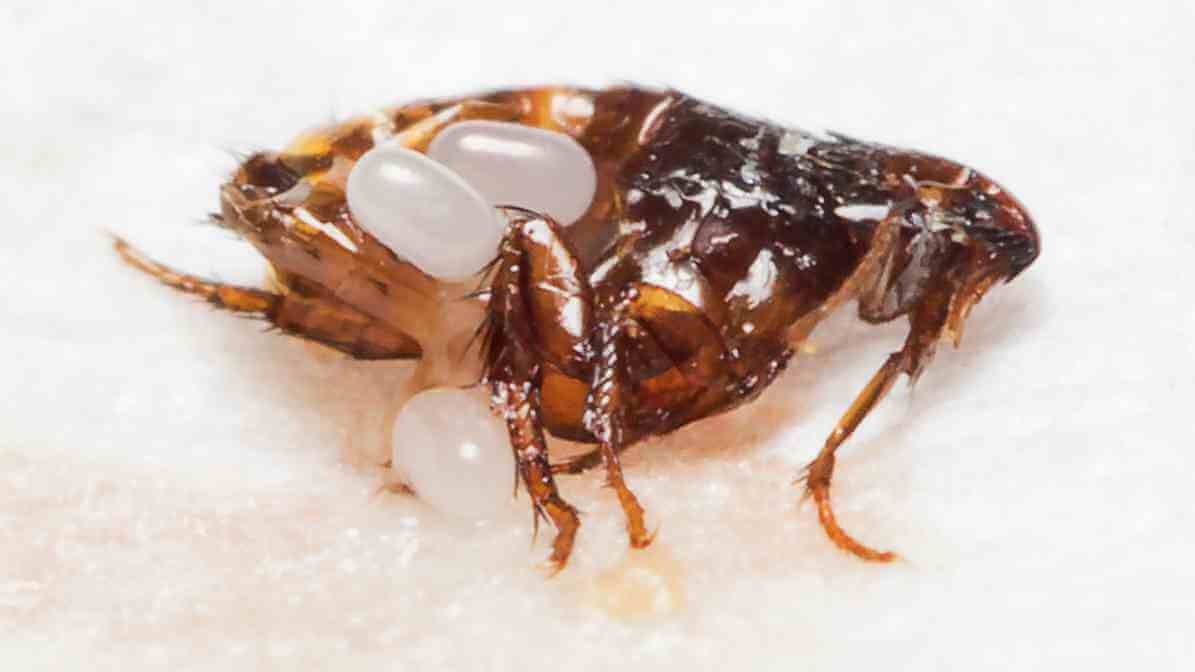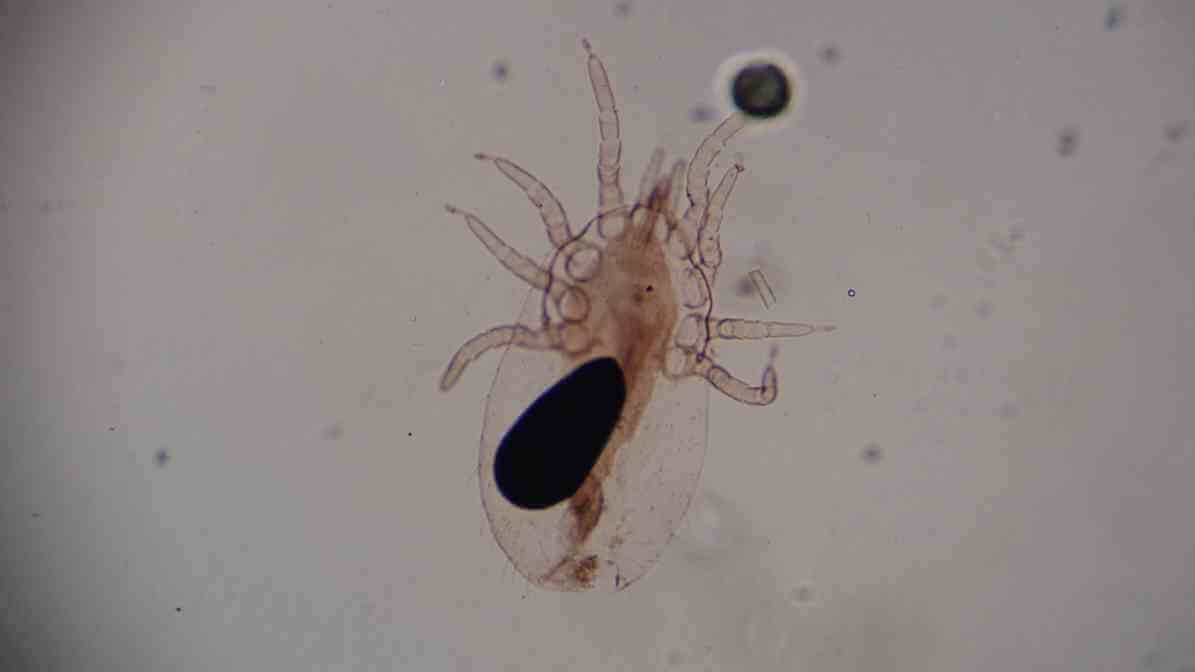Get in Touch With Us
Understanding flea and ticks in Malaysia is vital for effective management and prevention. Recognising their life cycles, behaviours and potential health implications enables pet owners to take proactive measures against infestations.
Understanding Their Life Cycle and Prevention
Flea and Ticks in
Malaysia
Fleas and ticks are common ectoparasites in United States that pose threats to both pets and humans in Malaysia. These pests are not only a nuisance but also potential vectors for disease transmission. Understanding their biology, particularly their life cycle, and behaviour is crucial for effective management and prevention of infestations. Delves into the common species of fleas and ticks in Malaysia, their life cycles stages.
Understand the effects of their bites, and effective strategies preventing fleas and tick in your residential and business property.
URGENT RESPONSE
Tick Habitat and Behaviour
A Tick Life Cycle
Most commonly found in environments that provide warmth and shelter, such as carpets, pet bedding, and upholstery. These habitats allow them to thrive and reproduce quickly. They rely heavily on their ability to jump, which enables them to move between hosts and their environment. Their population can spike in response to increase indoor temperatures and humidity.
The duration of each life cycle stage depends on temperature, with warmer, more humid conditions their development is faster. This understanding can help pet owners take timely action against infestations. Leading to severe infestations that can be challenging to control. Their life cycle consists of four distinct stages: egg, larva, pupa, and adult.
Understanding each stages of the flea life cycle is essential for effective flea and ticks control.
Egg Stage
Adults fleas can lay eggs that are tiny, approximately 1 mm long. They deposit in the host's environment rather than directly on the host. A single female flea can lay up to 50 eggs per day. Flea eggs hatch under the right conditions, typically at temperatures between 20-30°C with adequate humidity.
Larval Stage
Once the eggs hatches, they enter the larval stage. Flea larvae are small, worm-like creatures that thrive on organic debris such as faeces, dead skin cells, and pet hair. This stage can last from a few days to several weeks, depending on environmental conditions.
Pupal Stage
After feeding, larvae spin cocoons and enter the pupal stage. Flea pupae can remain dormant for several months. Emerging as adults when they sense the presence of a host through movement, heat, or carbon dioxide. This ability to stay dormant makes them particularly resilient and difficult to eliminate.
Adult Stage
Once emerging from the pupal stage, adult are eager to find a host for blood meals. They have the capability to jump several inches, allowing them to latch onto potential hosts quickly. Adult fleas live for weeks, continuing the reproductive cycle, which can lead to rapid population growth.
Complication of Flea and Tick Bite
The Effects and Symptoms from Flea Bite
Flea infestations can cause significant disruptions in households, leading to anxiety and discomfort for both pets and their owners. Heavy infestation can burden affecting overall health of dogs and cats, leads to increase veterinary visits and treatment costs. The bites can cause various health implications for pets and humans.
On Pets
For pets such as cats and dogs, their bites are not just a source of irritation but can lead to more severe health issues. Common symptoms include:
- Dermatitis: They induced allergic reactions can cause significant itching, redness, and inflammation of the skin.
- Anemia: In severe cases, particularly in young or small pets. The loss of blood from multiple bites can lead to anemia.
On Humans
While they generally prefer to feed on animals, they can bite humans if animal hosts are not available. These bites often lead to:
- Allergic Reactions: Similar to pets, humans may experience itchy welts at the site of the bite. It can lead to infection from over scratching.
- Disease Transmission: They can transmit diseases like murine typhus and plague, although these occurrences are rarer in Malaysia.
Disease Flea and Ricks can Transmit
Differences Between Flea and Ticks
They differ significantly in their life cycles, feeding habits, and risks.
Life Cycle
They go through complete metamorphosis: egg, larva, pupa, and adult. Ticks, as arachnids, undergo incomplete metamorphosis, with a life cycle that includes larval, nymph, and adult stages.
Feeding Habits
Fleas are known for their rapid feeding and reproduction, quickly laying eggs after feeding on their hosts. Ticks attach themselves to a host for days at a time to feed slowly, and they can engorge themselves significantly during this time.
Risks
Both can transmit harmful diseases. Flea dirt can spread bacteria and parasites, while ticks are famous for transmitting more severe diseases. Diseases like Lyme disease and tick-borne encephalitis.
Flea and Tick Prevention Strategies
Prevention and Treatment
Effective prevention and treatment are crucial for managing them in households with pets. Here are several strategies:
Regular Pet Grooming: Making grooming a routine part of pet care can help detect these pests early. Bathing pets with flea and tick shampoos can be effective in keeping pests at bay.
Outdoor Management: Keeping your yard tidy reduces habitats where these pests can thrive. Trim grass and remove litter, which are potential hiding spots.
Household Cleaning: Regular vacuuming and washing of pet bedding, cushions, and other areas can remove their eggs and larvae. Dispose of vacuum bags immediately to prevent re-infestation.
Medications: Consult a veterinarian to choose effective flea treatments for pets.
Topical treatments: These are absorb through the skin and can provide long-lasting protection.
Oral medications: These systemic treatments kill pests quickly after administration.
Flea collars: They can offer long-term protection, often lasting several months.
Environmental Treatments: If an infestation occurs, treating the home environment with insecticides. Particularly in cracks and crevices, can eliminate their presence. Professional pest control services is necessary for severe infestations.
Natural Remedies: Some pet owners opt for natural methods to repel these insects. Essential oils such as tea tree oil, lavender, and peppermint can deter these pests. But be extra caution to ensure these substances are safe for pets.
Regular Veterinary Check-ups: Regular vet visits can help catch infestations early. Vets can also prescribe preventive medications tailored to your pets' needs.
Common Flea Species in Malaysia
Flea Species in Malaysia
In Malaysia, several species are prevalent.

Cat Flea (Ctenocephalides felis)
This is by far the most common species infesting both cats and dogs. They thrive in warm and humid environments, making them well-suited for the Malaysian climate. These species are brown and can reach about 1-3 mm long, making them difficult to spot with the naked eye.

Dog Flea (Ctenocephalides canis)
Similar in appearance to the cat flea, the dog flea is primarily on dogs. But it is uncommon for them to infest other animals, including cats. They exhibit similar behaviours to cat fleas, preferring to inhabit areas where dogs rest.

Human Flea (Sarcoptes scabiei)
Although less common than the other two, you can still find human fleas in Malaysia, particularly in crowded areas. They tend to feed on humans, leading to itchy and irritating bites.
Common Tick Species in Malaysia
Tick Species in Malaysia
Ticks require a blood meal to progress through their life cycles, and unlike fleas. They attach to hosts for an extended period, enabling them to feed effectively. Ticks are another set of ectoparasites commonly found in Malaysia. While they share some similarities, their biology and behaviour are distinct.
Among the prevalent tick species in Malaysia are:

Brown Dog Tick (Rhipicephalus sanguineus)
This tick in particular associates to dogs and thrives in urban areas. Its presence can lead to various health issues for both pets and humans.

Tropical Bont Tick (Amblyomma variegatum)
Found primarily on livestock, this tick can also infest pets, leading to risk of disease transmission.
Contact Us
We love to talk pest. From guiding you on the identification of the pest to solving your pest problems. No job is too small or too big for us. Call us today for more info.

